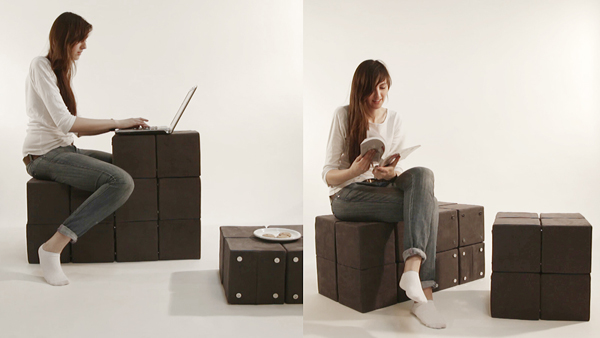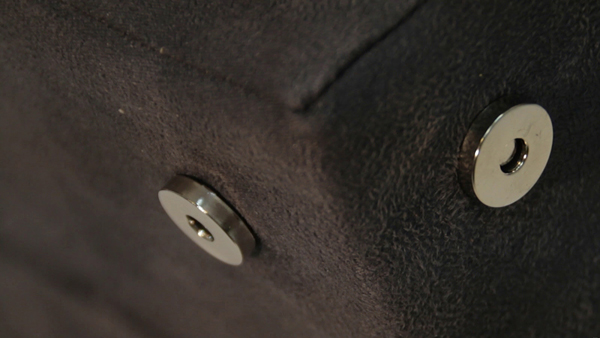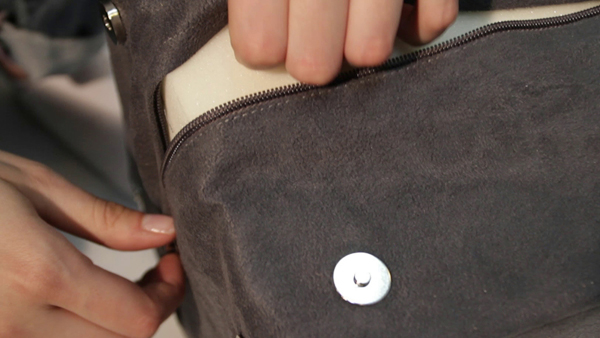SNAPIT
Master project
Year: 2011/2012
Academy of Art and Design in Wrocław
Faculty: Interior Design
The idea behind SNAPIT seating system is modular way of constructing furniture. Most recent designs based on bionics approach have proved that the designs inspired by nature are the best solution for sustainable design concepts. The project is based on strong interrelation between each separate element and the joining as in the case with intermolecular transposition and molecular attraction between particles.
SNAPIT system includes upholstered cubes varying by an amount of magnetic snaps (6 versions). Simplicity of the form and joining makes it suitable for many different spaces. The shape of the seating created by combining parts together is easy to reorganize or divide. Division is the best solution for transportation or storage. If damaged, the parts can be easily cleaned or replaced. It is also possible to develop the shape through buying additional cubes. Functional snap joinings allow to stack together bigger amount of cubes and create any form based on multiplication of the base component – 21cm x 21cm x 21cm, in each direction.
Actual needs of a customer caused by significant life changes or present situation can be satisfied without buying a brand new seating. Active customer-product interaction can prolong the product lifecycle. Simplicity and selection of used materials tells on the stability of the construction, which is light enough to move, still stable enough to comfortably sit on. The system goes well with other items like tables, lamps, etc. based on the same joining technique. Universalism, mobility and easily replaceable features of seating forms are undeniable advantages of SNAPIT. Multitasking character of the system enables wide private/public usage.
SnapIt is solving problems with:


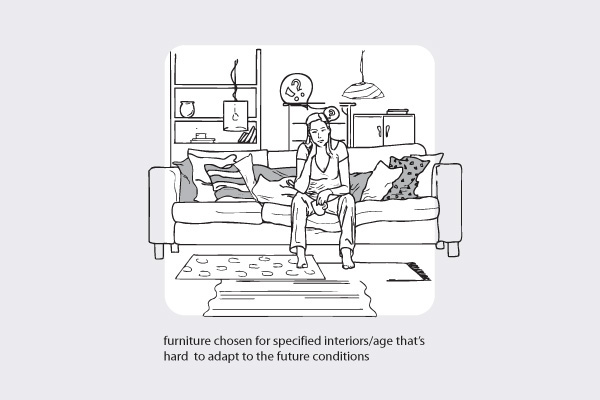
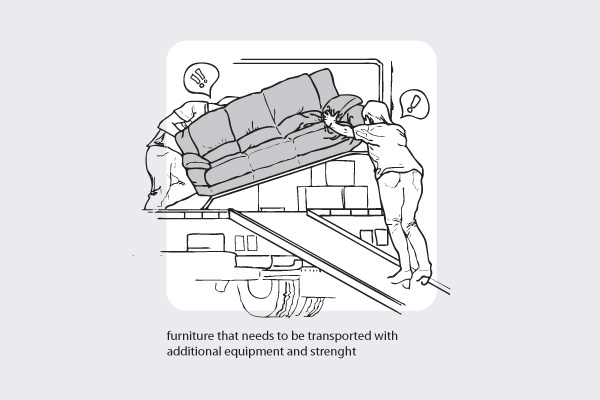
PROJECT:
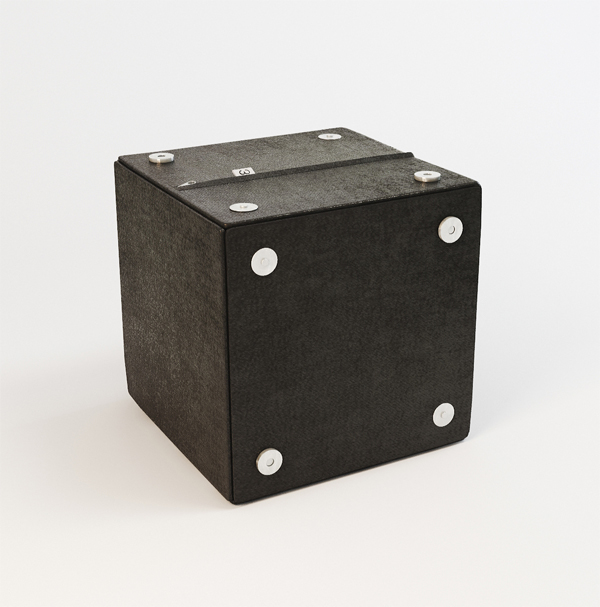
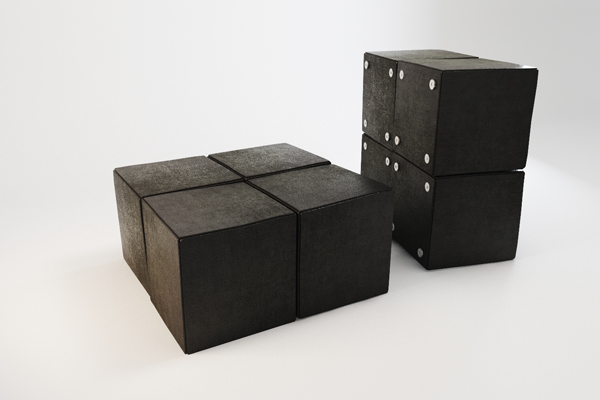
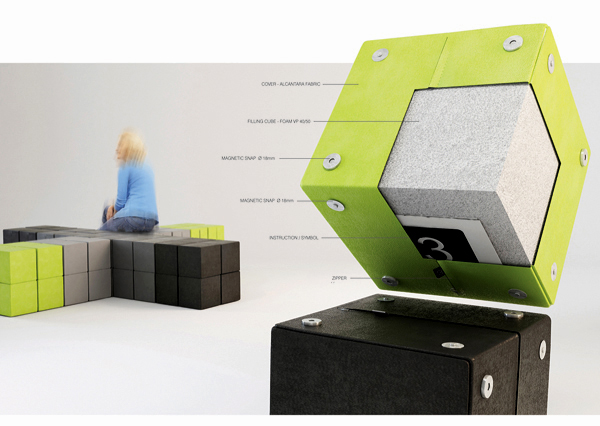




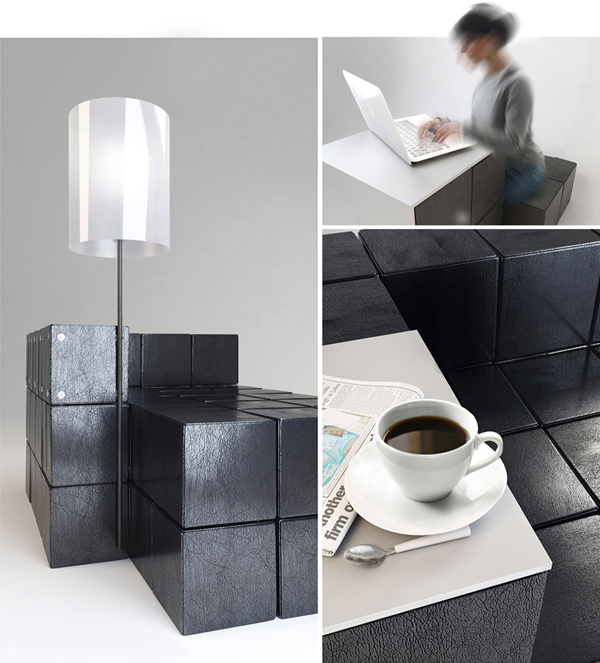
INTERIORS:

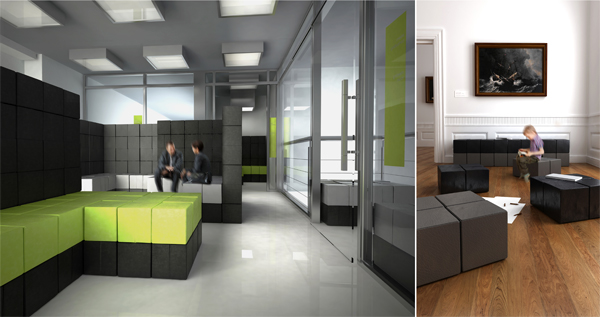
PROTOTYPE 1.0:
